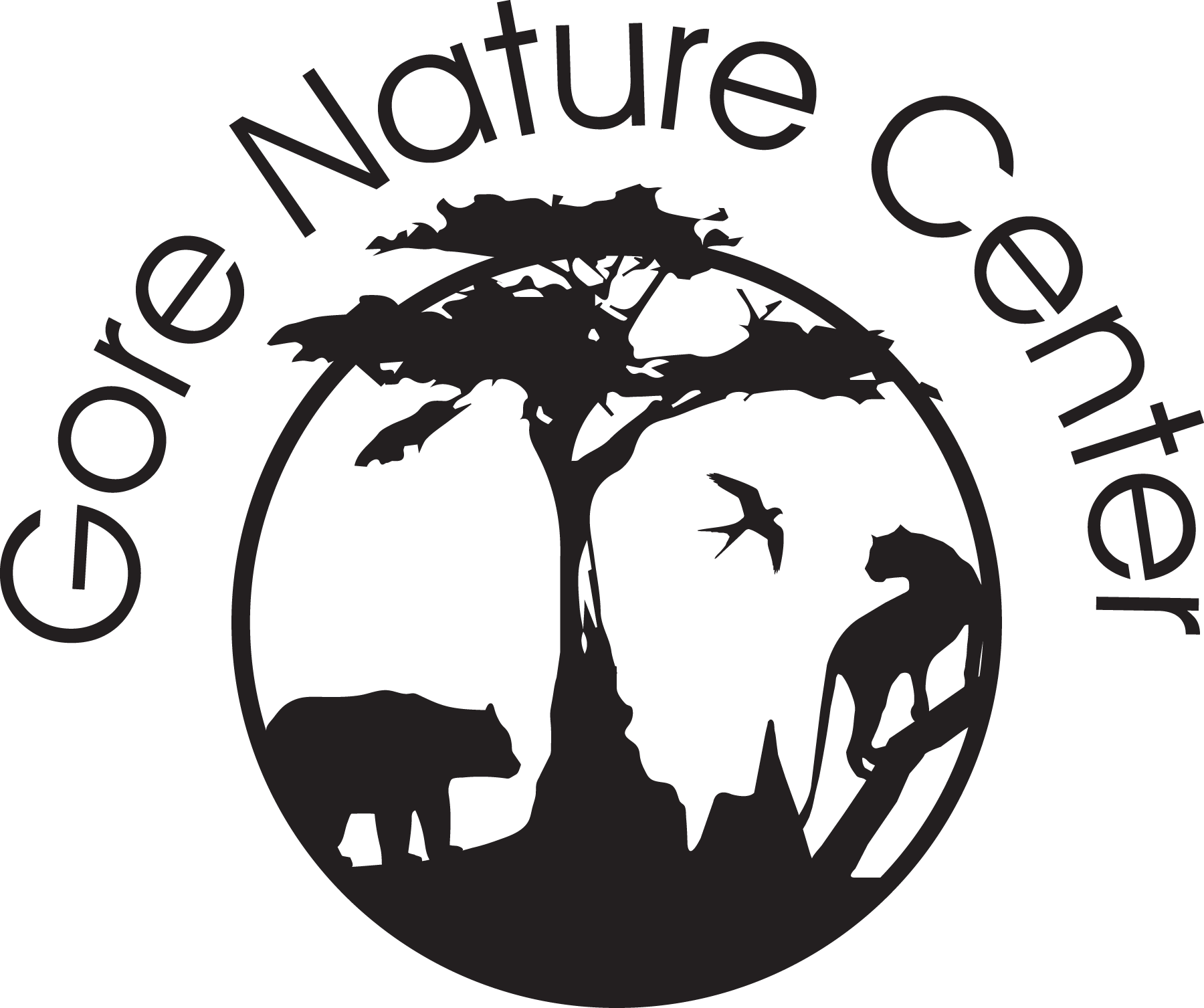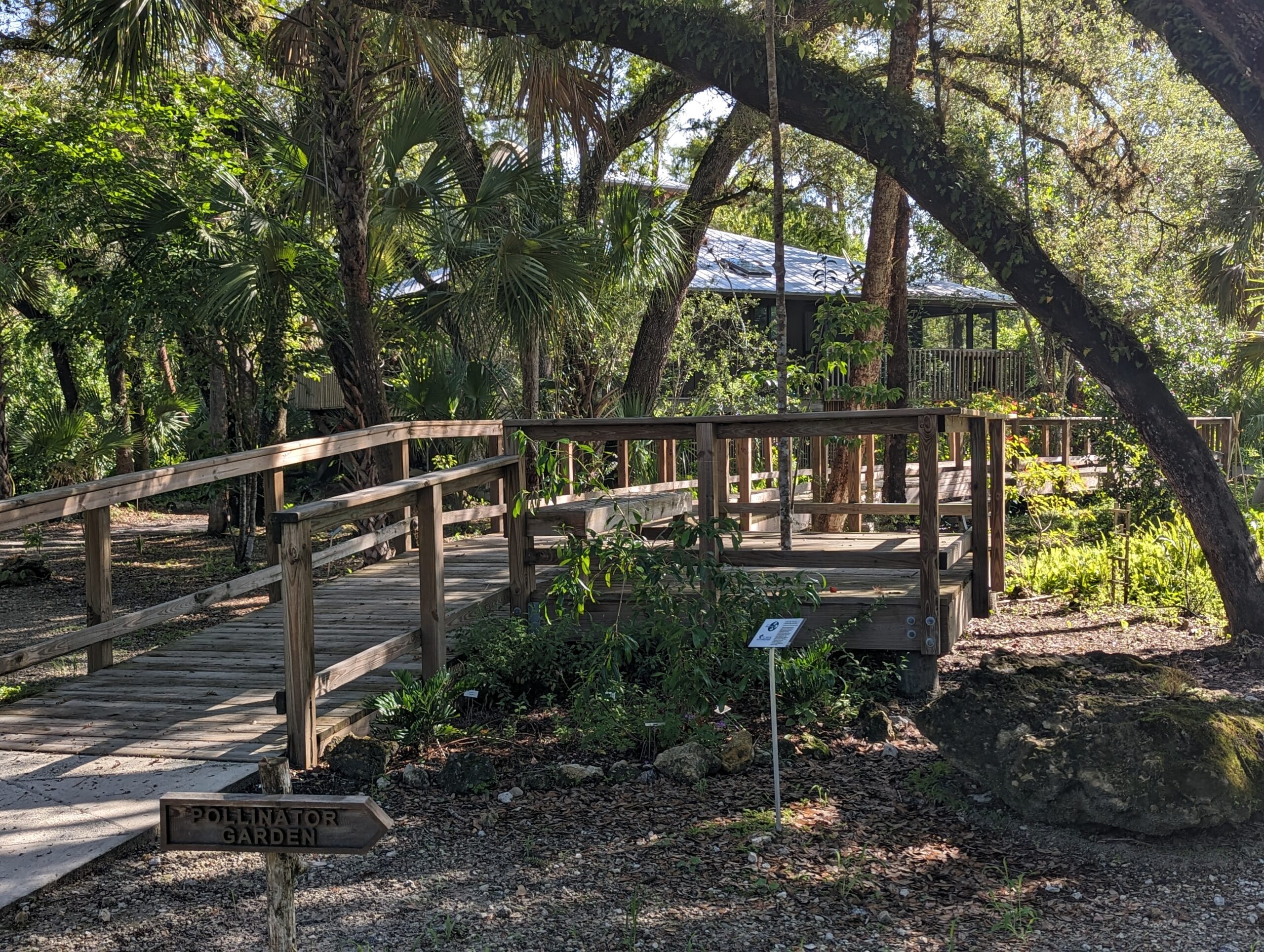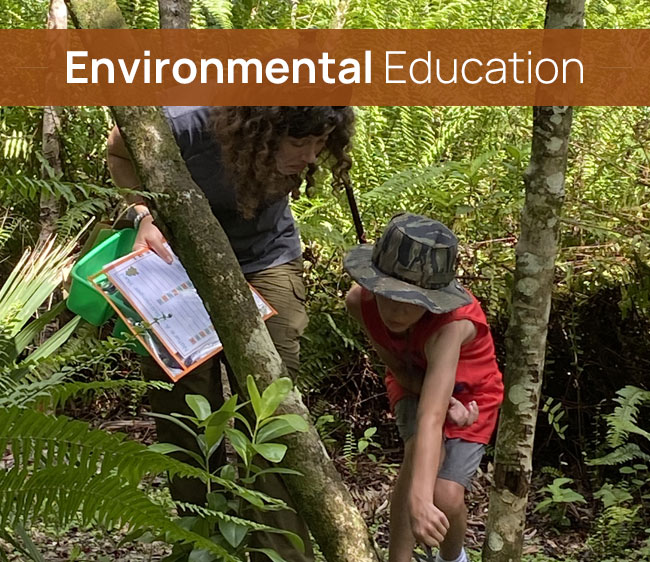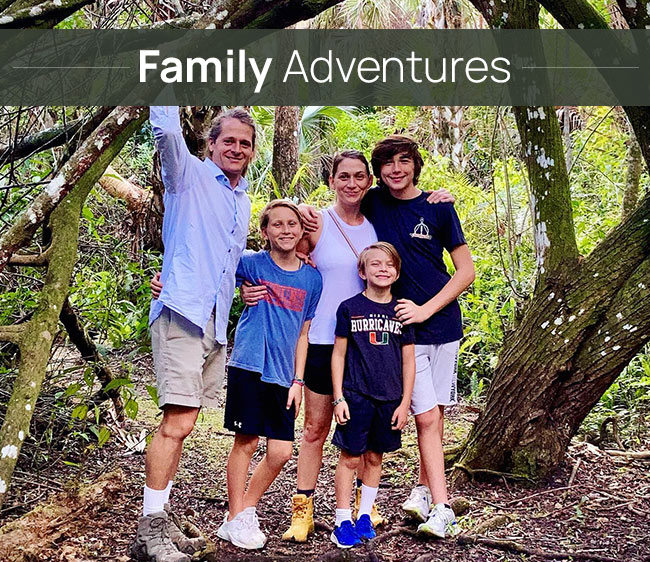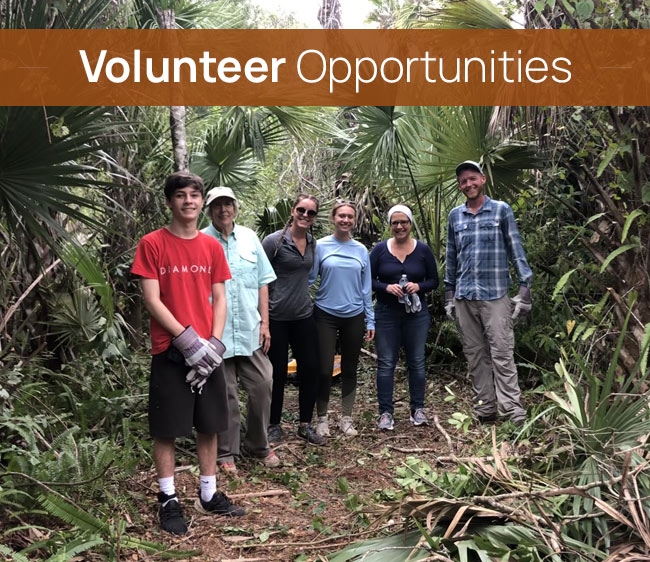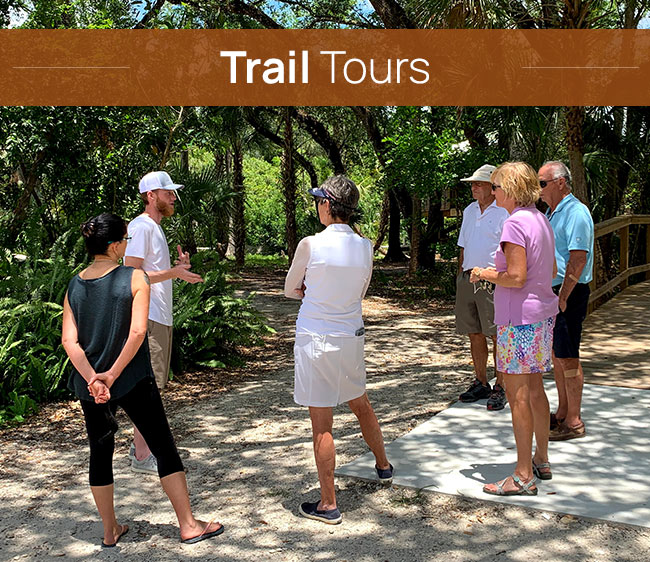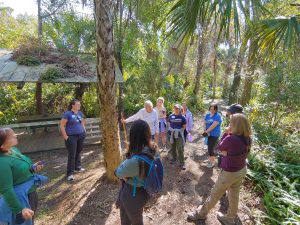Who We Are
Gore Nature Center
The Gore Nature Center is located in a mixed hardwood-cypress swamp forest near the Big Cypress Critical Area of State Concern in southwestern Florida. Its wetland and upland areas are home to an interesting variety of plants, animals and other organisms, some of which are listed as endangered and threatened. The unique trail system remains primitive in order to showcase the forests, cypress slough, ancient limestone seabed and ephemeral pond.
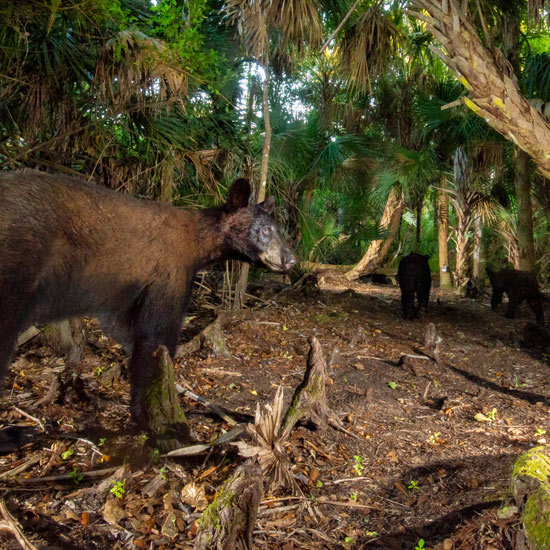
BioDiversity
Visitors to the Gore Nature Center will observe a rich variety of plants, animals, fungi and even microscopic organisms. Many species of trees, shrubs, wildflowers and ferns can be observed along the winding nature trails. Wildlife monitoring cameras on the property have recorded the travels of panthers, black bears, grey foxes, bobcats, coyotes, opossums, raccoons, white-tailed deer, screech owls, barred owls, turkeys, cardinals and woodpeckers. Many reptiles and amphibians also inhabit the diverse landscape. Among the living organisms are endangered plants and animals and some that are considered invasive and exotic. Our team and dedicated volunteers continue to strive to preserve the natural diversity of the native landscape.
Examples of symbiotic relationships among many organisms can be observed in all areas surrounding the Center. From strangler figs (not really stranglers in most cases) to mutualistic lichens, the wonders of nature will enchant visitors of all ages. Pollinator habitats have been created to encourage a rich diversity of beneficial plant-insect interactions.
Geology
Underlying some of the property at the Gore Nature Center is Tamiami limestone, formed during the Pliocene, the epoch in the geologic timescale that extends from about 5.3 million to 2.5 million years before the present time. Visitors to the Gore Nature Center can see solution holes, caves and tunnels (carved from the limestone caprock by flowing water). Reptiles and mammals have been observed using the caves and tunnels as hiding places.
Many fossils are embedded in the limestone. Mollusks, corals and fish are among the organisms whose impressions can be found in the rocks in the area. They provide a record of the inhabitants of south Florida when much of the Florida peninsula was covered in sea water.

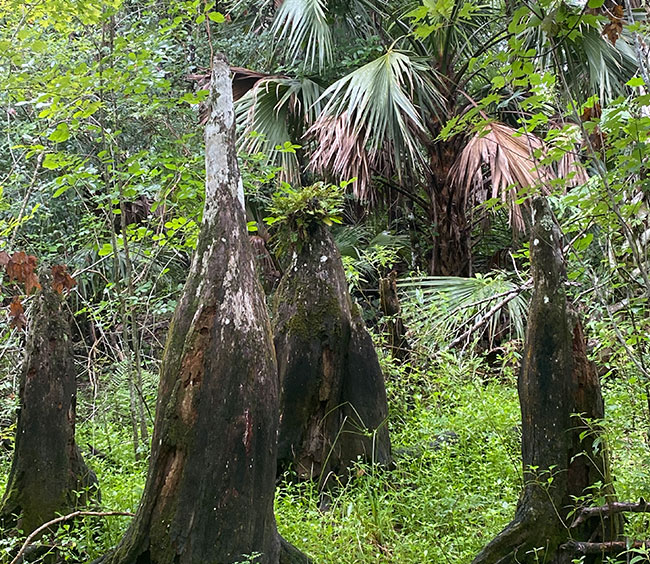
Woods and Wetlands
The Gore Nature Center is situated in the center of a pristine mixed hardwood/cypress swamp forest near the Big Cypress Critical Area of State Concern in southwestern Florida. It contains a subtropical hardwood hammock, a dense stand of broad-leafed trees. The wetland areas include a cypress slough and an ephemeral pond. Tree species found on the property include gumbo limbo, laurel oak, red maple, sweet gum, swamp bay, myrsine, dahoon holly, persimmon, cypress, pop ash and cabbage palm. This is one of the last remaining, relatively undisturbed strand systems west of the Fakahatchee Strand and north of Alligator Alley.
The land around the Center is considered a density reduction groundwater area that recharges surficial aquifers and is important for the county well field. Saving land in this area is of high importance for water conservation and quality.
Zoogeographically, Dr. Gore saw the property serving as a critical ecological corridor, a forever-wild, unaltered steppingstone for animal and plant life between Corkscrew Sanctuary to the north, the Fakahatchee Strand to the southeast, Picayune Strand State Forest to the south and the Florida Panther National Wildlife Refuge on the east. Today, as under Dr. Gore’s stewardship, all native species of plant and animal life within the property boundaries are protected.
Together We Can Save Florida from Irreversible Damage
Southwest Florida’s unique natural treasures need to be protected against the irreversible environmental damage caused by overdevelopment. Stand with us as we work to save natural Florida.
